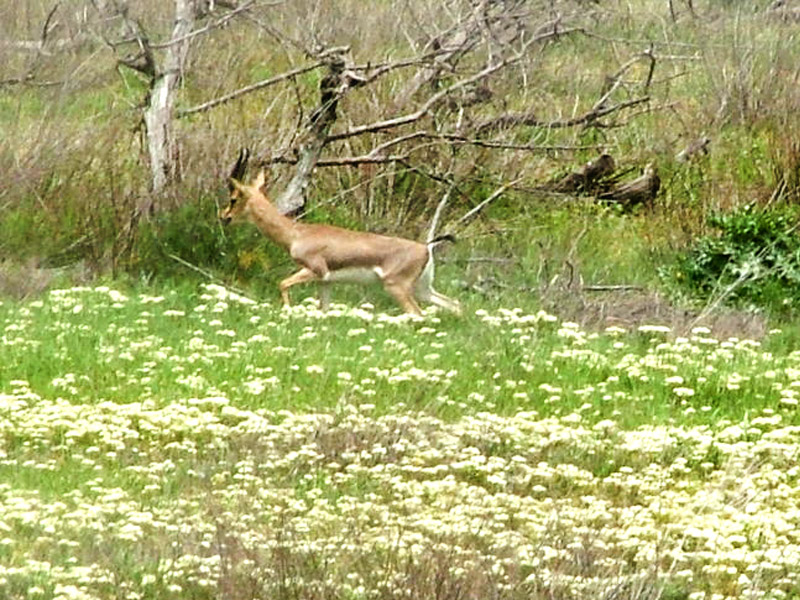31 Dec Thoughts from the 2019 Mission

In trucks that were configured to look like mobile bleacher seats, we quietly trekked through the Hula Valley nature reserve in northern Israel. We stopped at certain viewing areas to observe birds beginning their descent into the Hula Valley where they would rest on the lake for the night. We saw cranes, storks, pink flamingo, and other birds, either on their annual stop-over in Israel en route to Africa for the winter, or permanent residents who have settled into the good life in northern Israel. As we watched the sky, we saw hundreds, if not thousands, of cranes begin to arrive in groups. As we watched in hushed silence, more and more birds continued to arrive in larger groups. It was as if the birds had choreographed an intricate performance, beginning with their gradual descent and ending in a rapturous finale. It was an astonishingly beautiful experience. And, as if nature, or our Hula Valley guide, had planned it perfectly, the trucks manoeuvered into position to allow us a view of a radiant sun settling into the mountains at day’s end. At the Hula Valley, a natural space exists where birds, amphibians, and other animals, as well as humans, can thrive together.
I have been to Israel several times. This year I wanted to learn more about a part of Israel that we don’t hear enough about: the work to preserve its natural spaces, its animal (and bird) inhabitants, and the environmental challenges that Israel faces. A Google search brought me to the website of the Society for the Protection of Nature in Israel (SPNI), the oldest environmental organization in Israel. On a 6-day nature tour in November, members of SPNI travelled with us to a variety of natural spaces, introduced us to experts in various fields, and showed us the beauty of Israel’s flora and fauna, including the wonderful Hula Valley. Additional highlights of the trip are described below.
In Jerusalem, SPNI welcomed us to one of its flagship sites, the Gazelle Valley Park; a serene wildlife oasis, set in an urban setting. Here, Israeli gazelles, of Bible renown, find a respite from an ever-expanding Jerusalem. It’s a place where Jerusalem residents and tourists can go to appreciate the vulnerability and graceful beauty of this endangered animal. The hope is that the group of gazelles will grow and SPNI will be able to extend their presence in other regions of Israel.
At the Jerusalem Bird Observatory, another lovely natural oasis located in bustling Jerusalem, we were joined by staff and volunteers, keen to share their love and interest in birds. At the birding station, birds are identified, weighed, and measured (including their wing spans). A band is attached to the birds’ legs, so that the team can track their migratory patterns, population growth and health. Then, the birds are released.
At SPNI’s Ein Gedi field school, originally established in the 1960s and located in a beautiful spot above the Dead Sea, SPNI has plans for the field school’s renewal, with the addition of environmentally-friendly living structures and common outdoor spaces that will allow visitors to enjoy the beauty and uniqueness of the Israeli desert. While there we were enormously fortunate to encounter another Biblical species, the rocky hill living ibex, with their doe-like eyes. The ibex were very accommodating as we shutter-bugged away.
At Hai Bar Carmel Nature Reserve, in Haifa, we learned about a re-habilitation and breeding program for Griffon vultures. Vultures haven’t benefited from a particularly positive image as a predator; however, a discussion about how vulnerable the vulture population is in Israel, including the small troupe in the Golan, and time to admire the vultures’ beauty and majesty, left all of us in awe of this species and its determination to survive.
Intertwined with visits to Israel’s nature reserves and rehabilitation programs, we benefited from the knowledge and engagement of Israeli experts, active in SPNI programs. They shared with us Israel’s current (and future) environmental challenges and their hopes and plans to preserve and grow Israel’s natural spaces.
In less than a week, SPNI took us on a journey through Israel, a small country that is blessed with geographical diversity, and a variety of flora and fauna. What we learned was that as Israel continues to grow, it is incumbent on all to ensure that Israel’s natural spaces are preserved and that nature, animals and humans can co-exist and thrive together in harmony.



